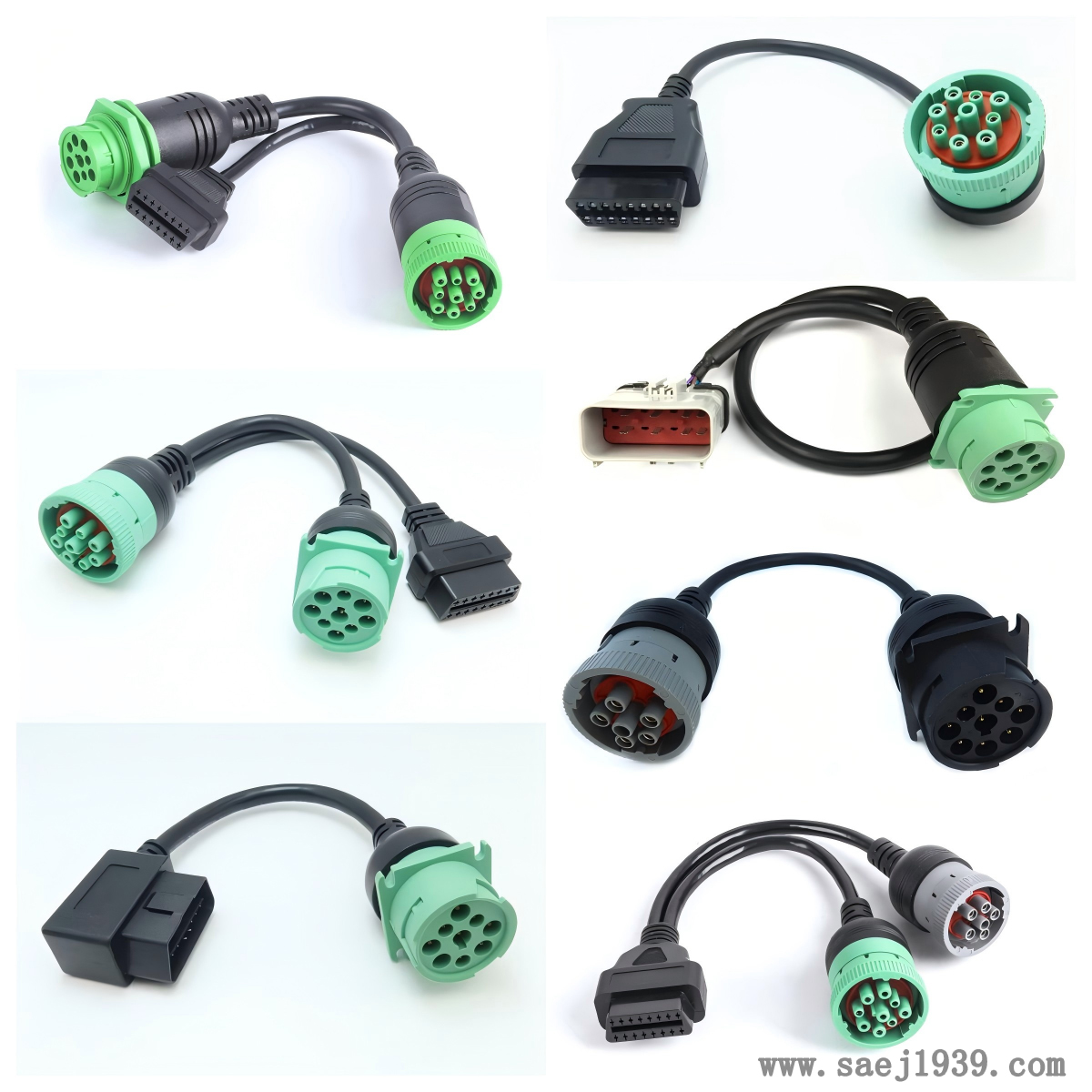What are the differences between J1939 and J1708 protocols?
J1939 and J1708 protocols are two different communication protocols used in vehicle electronic systems, which differ in multiple aspects, as follows:
Protocol hierarchy and architecture
J1939: Based on the ISO 11783 standard, it is a layered protocol architecture similar to the OSI model, including the physical layer, data link layer, network layer, transport layer, and application layer. Each layer has clear functions and specifications, supports multi master communication, and nodes in the network can actively send information. The network management mechanism is complex and complete, and can achieve plug and play functions for nodes.
J1708: Relatively simple, without a strict hierarchical architecture, it mainly defines some functions of the physical layer and data link layer. Based on the RS-485 electrical standard, it adopts a master-slave communication mode, usually with a master node to control the communication process, and other nodes as slave nodes. Slave nodes need to wait for instructions from the master node before sending data.

physical layer
J1939: The physical layer adopts twisted pair cables, usually using the CAN (Controller Area Network) bus standard. The signal transmission rate is relatively high, usually 250Kbps or 500Kbps, with strong anti-interference ability, supporting a large number of node connections, up to 30 nodes.
J1708: Twisted pair cables are also used as the transmission medium, but based on the RS-485 electrical standard, the signal transmission rate is relatively low, generally 9600bps, and the anti-interference ability is relatively weak. The number of nodes that can be connected on the bus is limited, generally not exceeding 32.
data link layer
J1939: The data link layer adopts the CAN protocol's data link layer specification, using identifiers (IDs) to distinguish different messages, with a priority mechanism that can prioritize messages based on their importance and real-time requirements, thereby determining the order of message transmission. It supports multiple types of data frames, including standard data frames, extended data frames, etc., and has high reliability and flexibility in data transmission.
J1708: The data link layer does not have a complex frame structure and priority mechanism like J1939. Its data frame format is relatively simple, usually containing only basic address information and data fields. The error correction and fault tolerance capabilities of data transmission are relatively weak, mainly through simple checksum and other methods for error detection.
application layer
J1939: The application layer defines rich parameter group numbers (PGNs) to represent different functions and data types, covering various information of the vehicle such as engine speed, vehicle speed, oil temperature, fault codes, etc. It supports complex data exchange and network management functions between devices, making communication between devices more flexible and efficient.
J1708: The application layer is relatively simple, mainly defining some basic vehicle parameters and control commands. It is usually used to transmit some relatively simple and basic vehicle information, such as engine speed, water temperature, etc. It has limited functional support for complex vehicle systems, and the flexibility and scalability of communication are not as good as J1939.
Compatibility and Applicable Scenarios
J1939: Due to its powerful functionality and good scalability, it is suitable for modern complex vehicle electronic systems, such as large trucks, buses, construction machinery, etc. It can meet the high-speed and reliable transmission of large amounts of data and complex control requirements between multiple ECUs. It is currently one of the mainstream vehicle communication protocols, and has good compatibility with other international standards, making it easy for vehicles to communicate and integrate with external devices.
J1708: It is mainly used in scenarios with relatively low communication requirements and less complex vehicle electronic systems, such as early light trucks, some agricultural machinery, etc. It still has certain applications in some cost sensitive vehicle equipment that does not require a large amount of complex data transmission, and has certain advantages in compatibility with some old systems or simple devices.
We chat